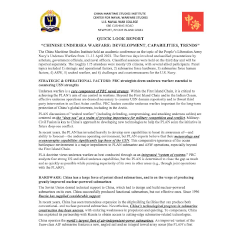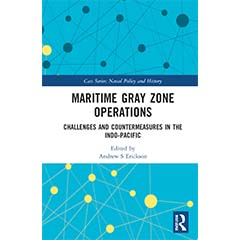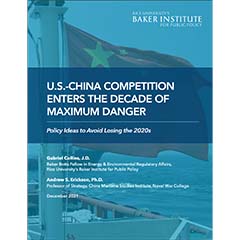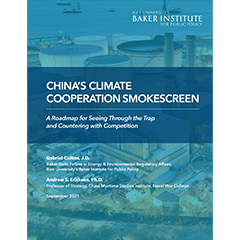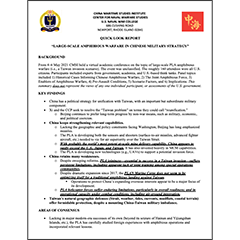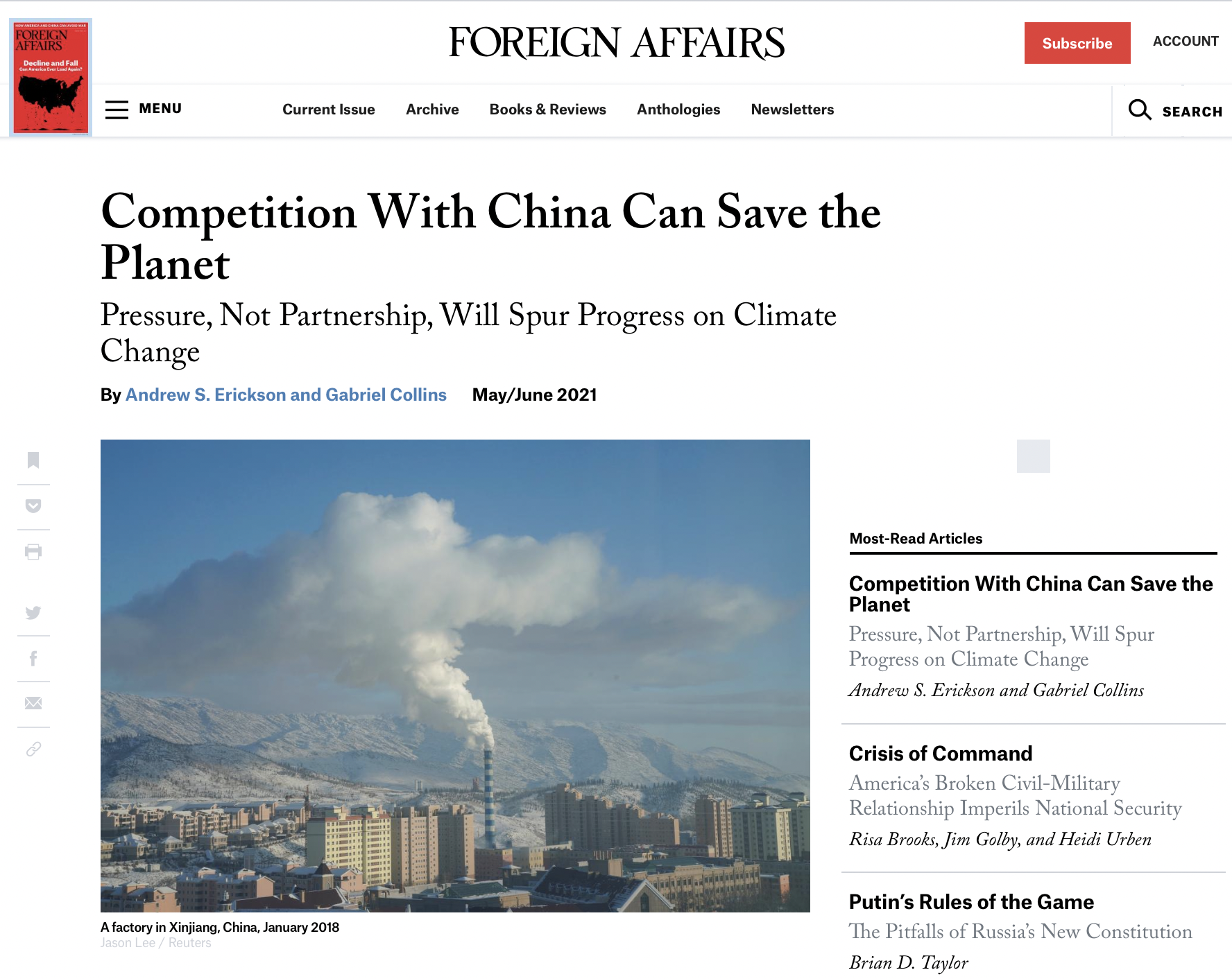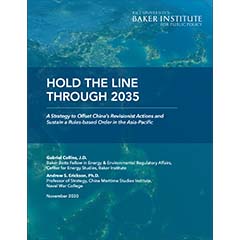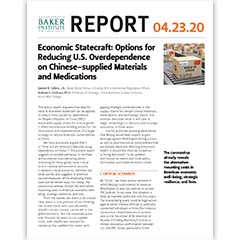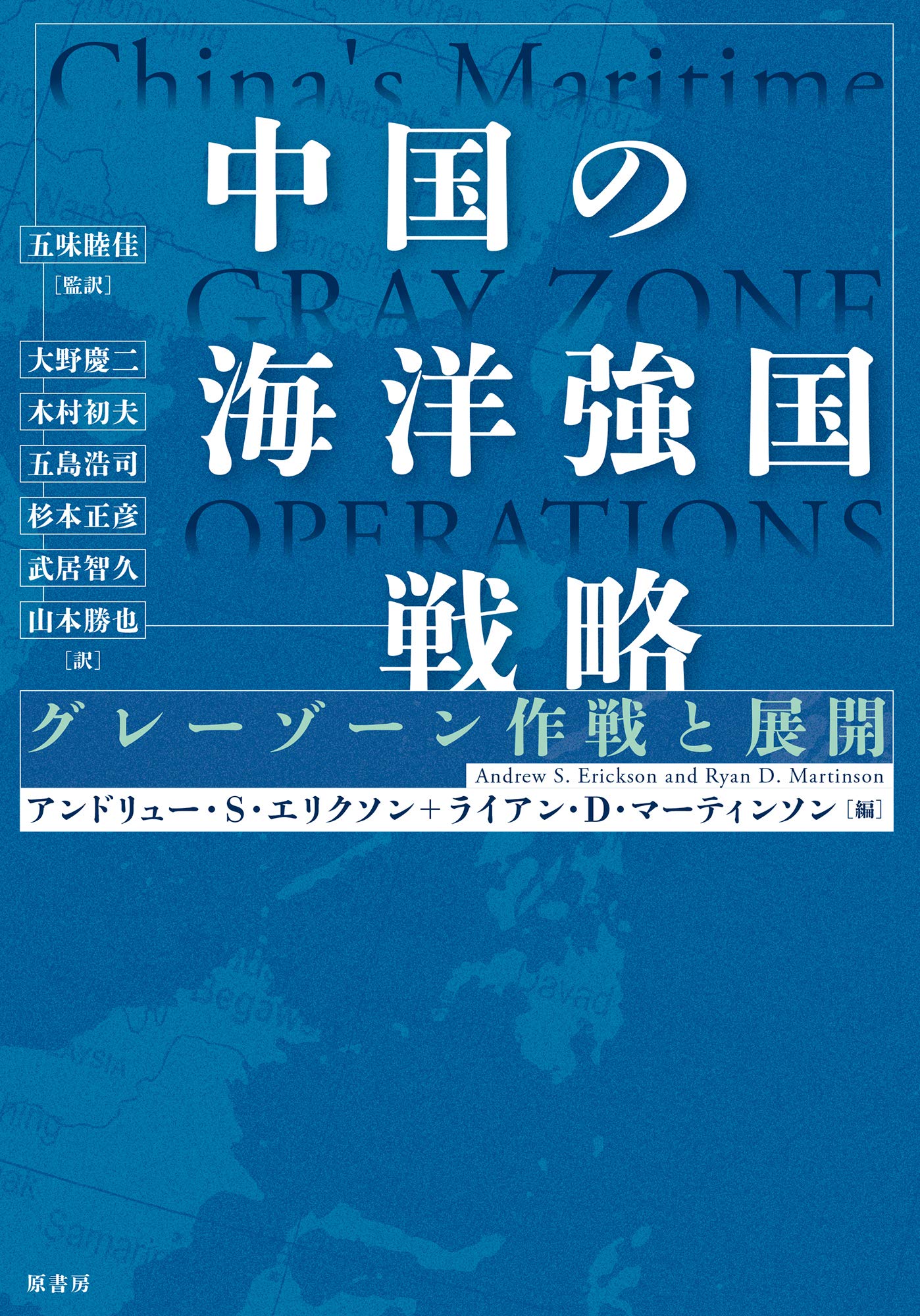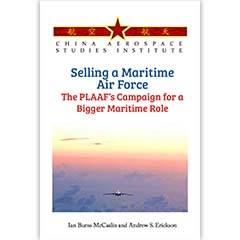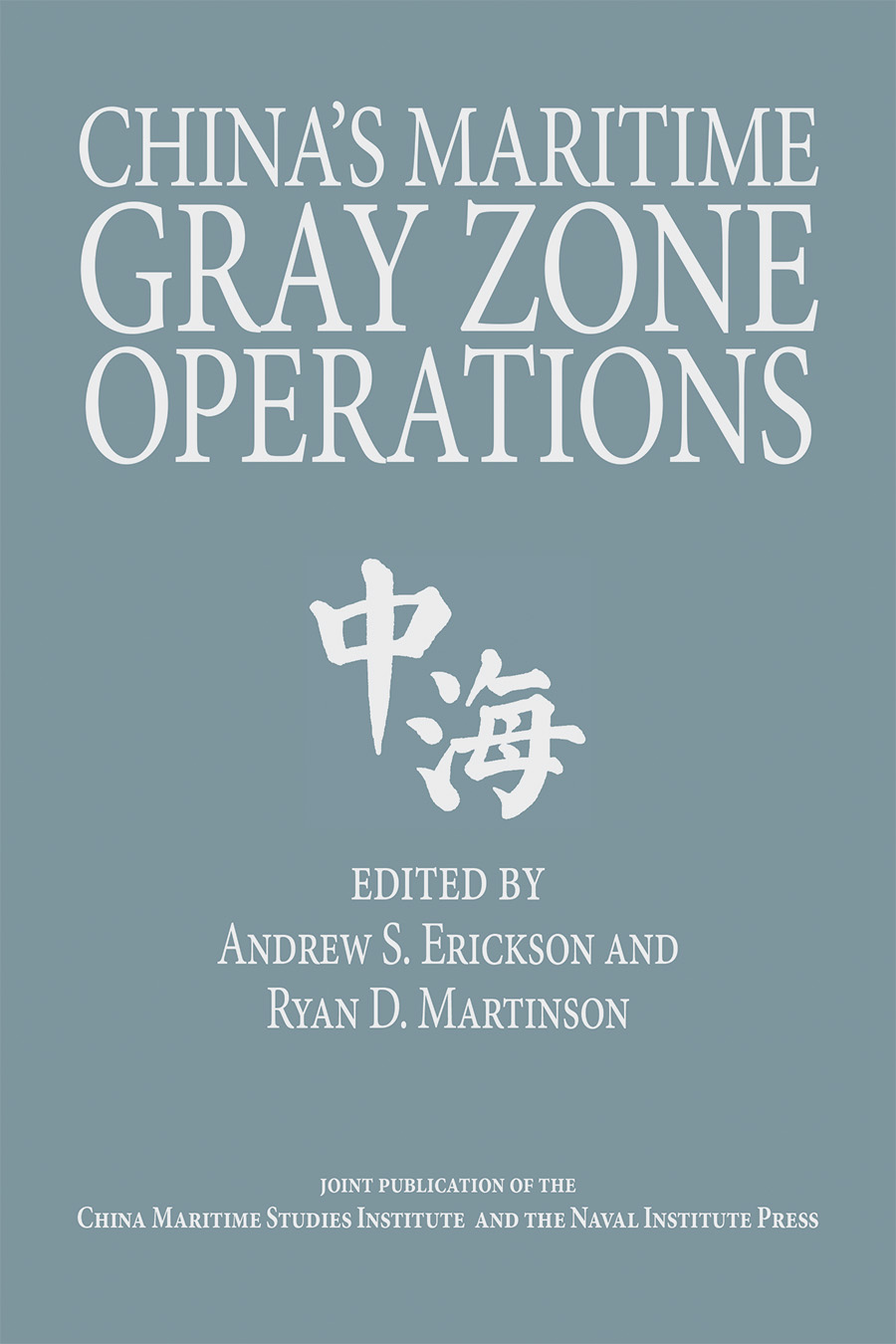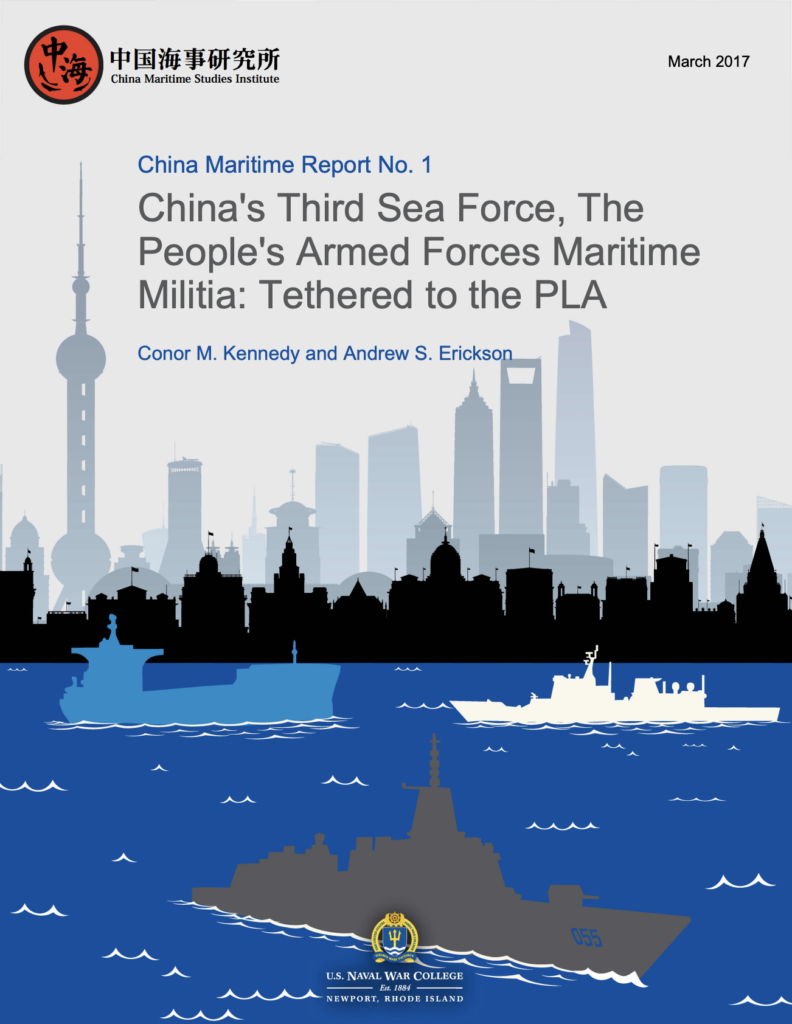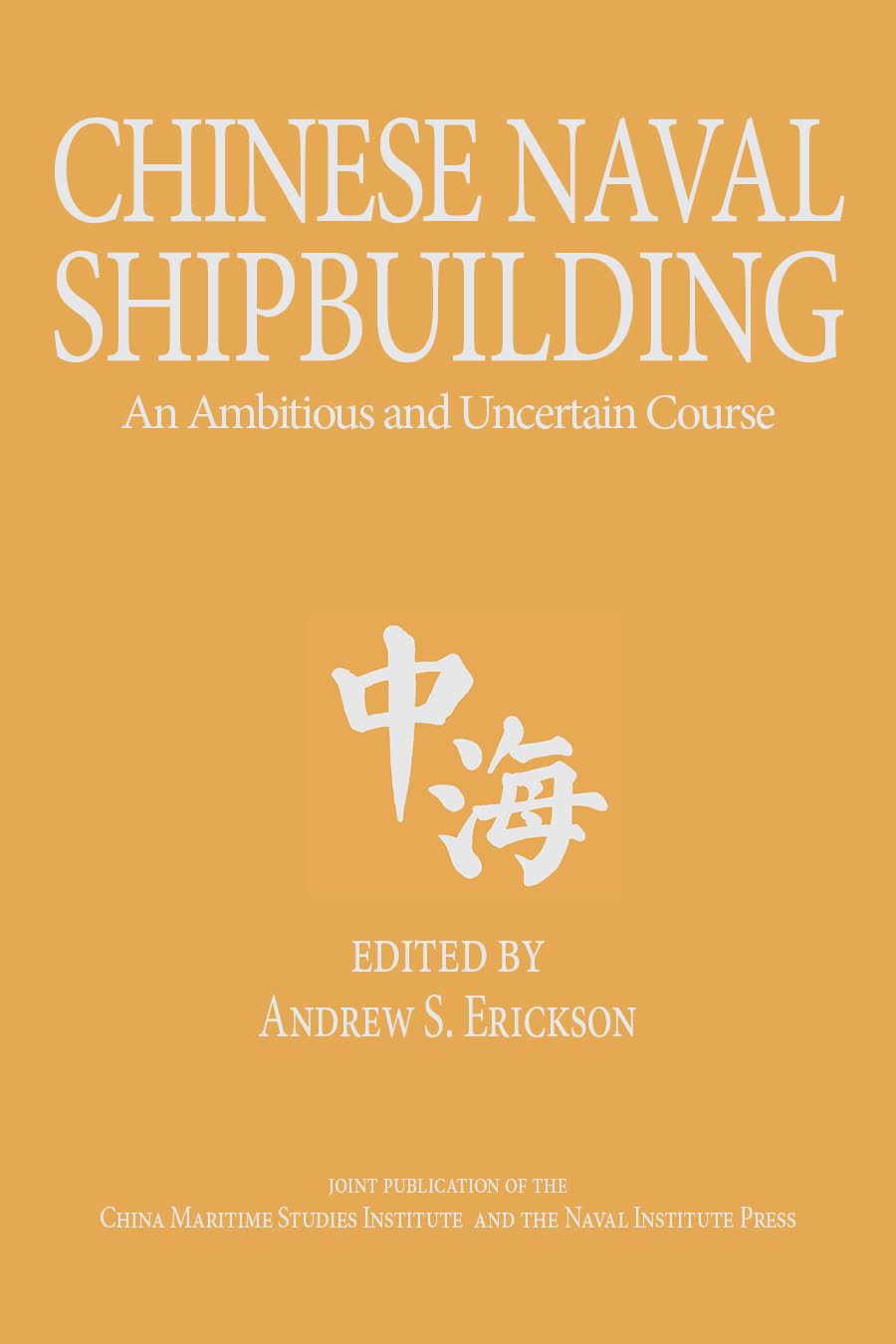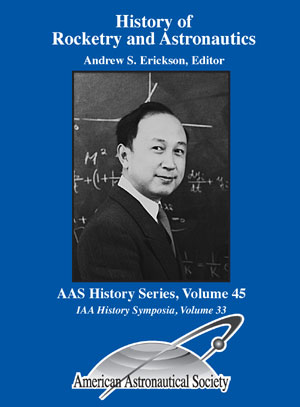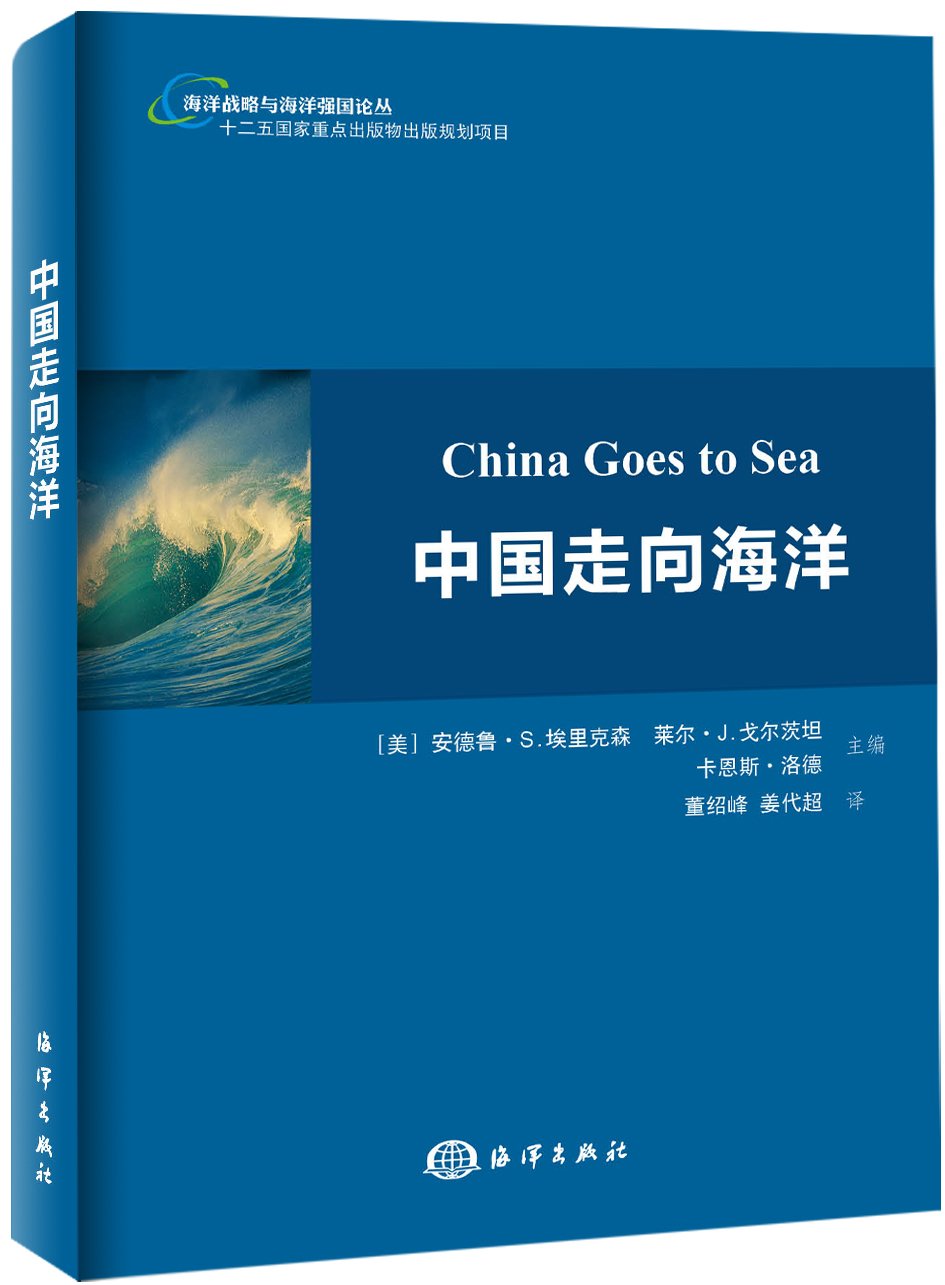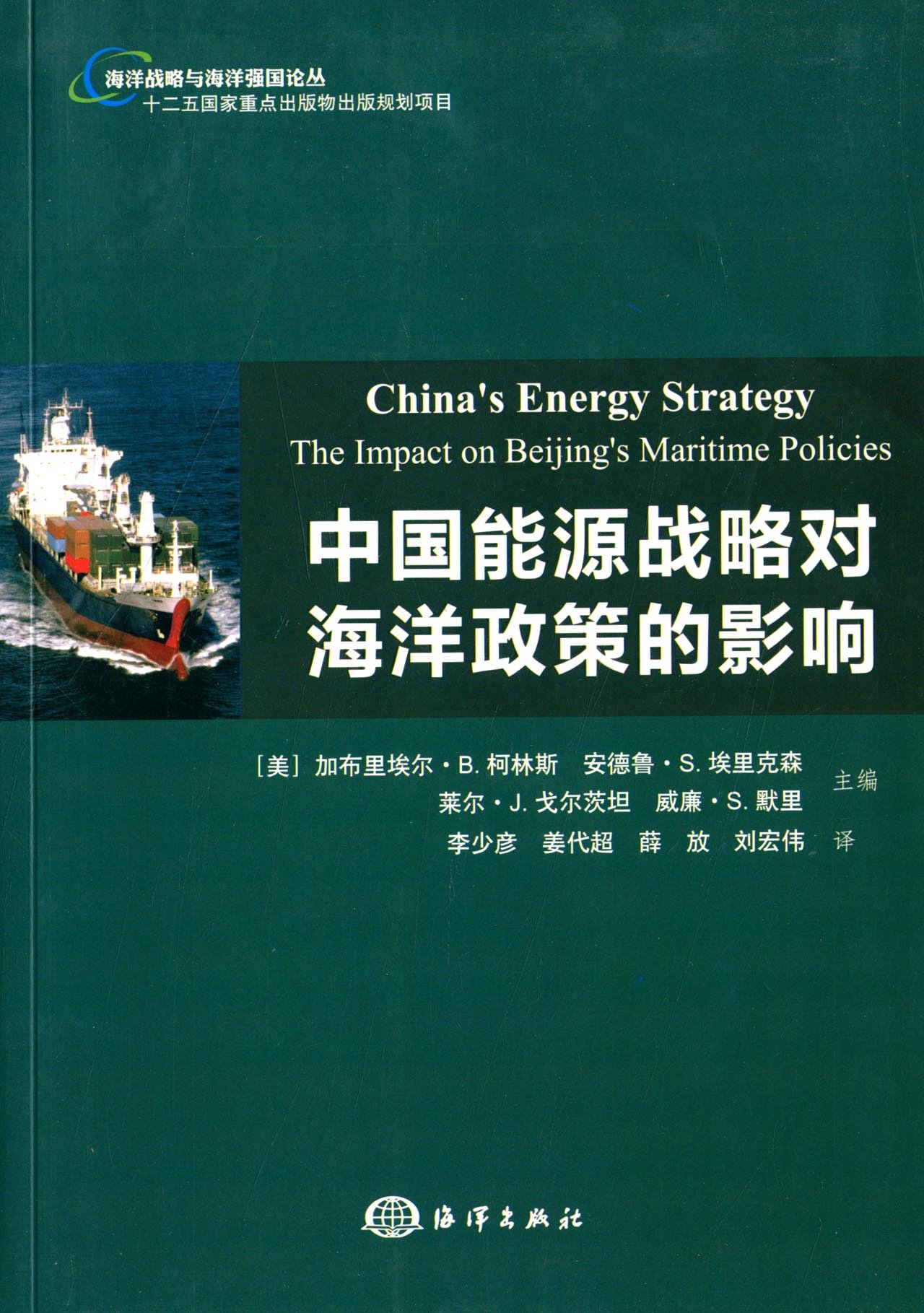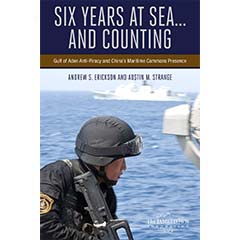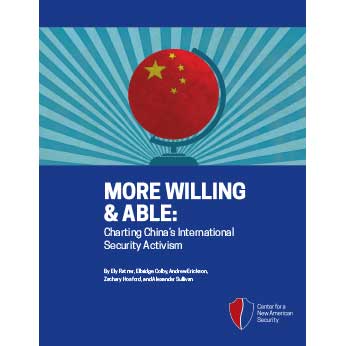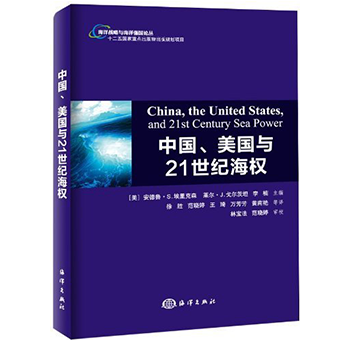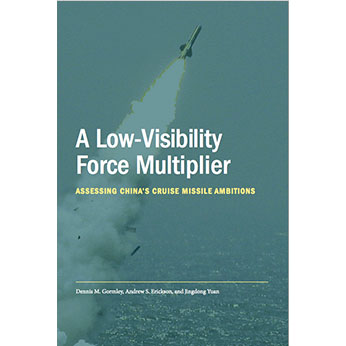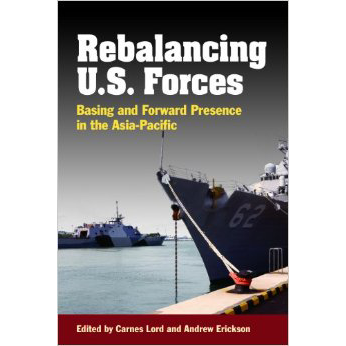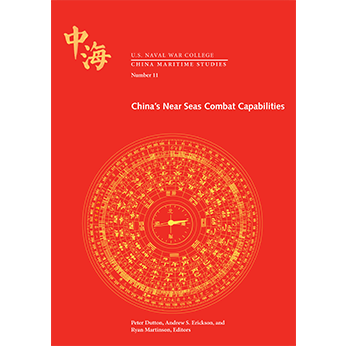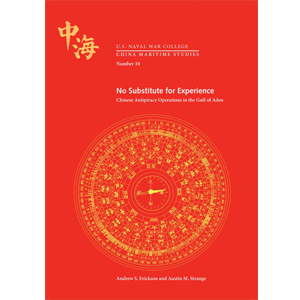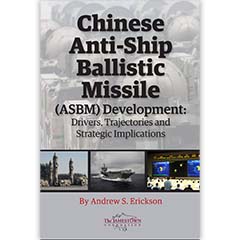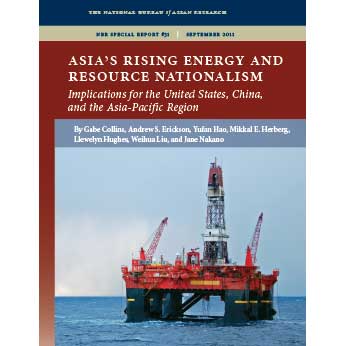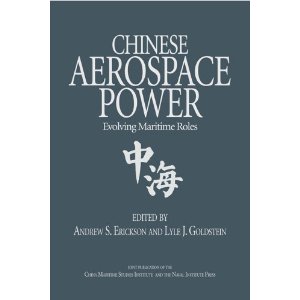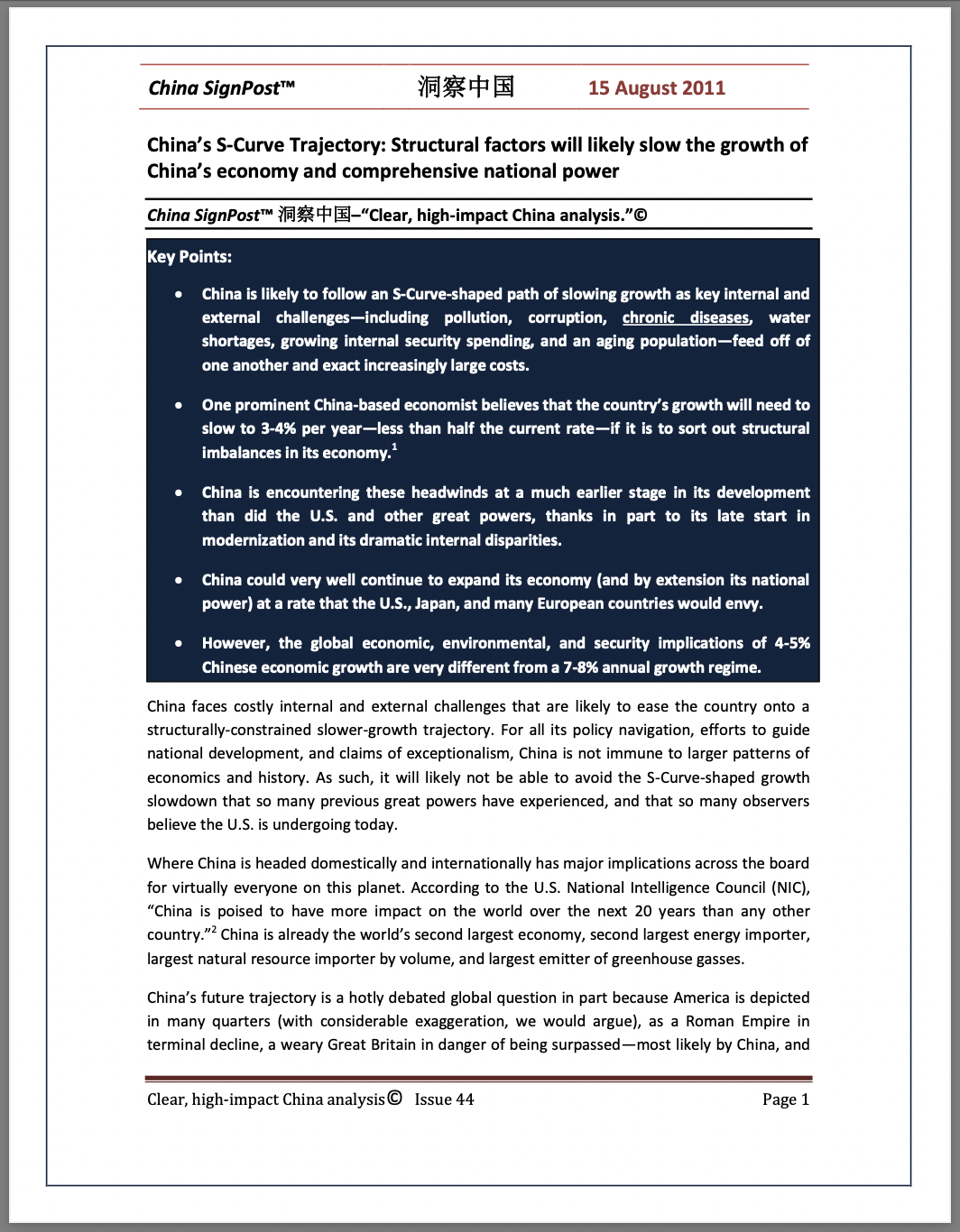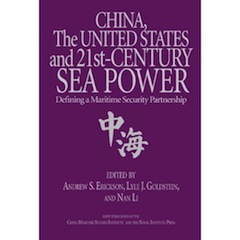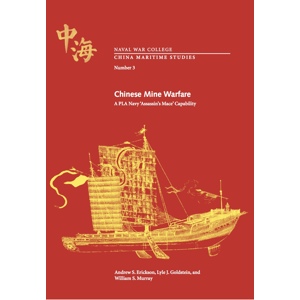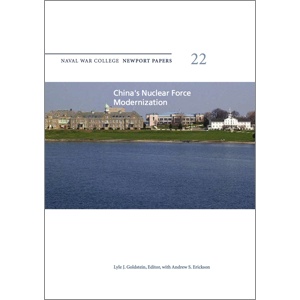China’s Navy Gets a New Helmsman (Part 2): Remaining Uncertainties
Andrew S. Erickson and Kenneth Allen, “China’s Navy Gets a New Helmsman (Part 2): Remaining Uncertainties,” Jamestown China Brief 17.4 (14 March 2017).
Part 1 of this series discussed Vice Admiral Shen Jinlong’s background, meteoric rise, and recent promotion to PLAN Commander. However, his appointment raises a number of questions about his role in the PLA Navy’s modernization, his promotion’s implication for China’s promotion system, and about his predecessor’s continued presence on the Central Military Commission. Part 2 will explore these important factors in depth and suggest possible conclusions and implications.
Promotion to commander of the PLA Navy has traditionally carried with it appointment to the PLA Central Military Commission (CMC), China’s highest military decision-making body. However, the latest Chinese state media reports state that Admiral Wu Shengli still serves on the CMC (Xinhua, March 5). In his capacity as a high-ranking CCP member, Wu has been a full member of the CCP Central Committee since 2007, serving on the 17th and 18th Committees. It remains uncertain when and how, or even if, Shen will assume similar roles. Perhaps there is a deliberate overlap so that Wu can help Shen learn the ropes.
During the 1990s and 2000s, there was a generally consistent path to full general/admiral and to CMC Member, combining rank and grade promotions that rarely occur simultaneously (China Brief, July 22 and August 5, 2010). However, it has always remained unclear who decides the appointment of any key leadership positions in the CMC, including the vice chairmen, the minister of national defense, directors of the four departments, and the services, as well as the theater command leaders. Shen’s appointment then raises a number of questions: 1) did Wu Shengli submit Shen’s name, or not, or as one of several names; 2) did the PLAN Party Standing Committee submit several names and then vote; 3) did the CMC vice chairmen or Xi Jinping submit Shen’s name; and 4) does the full CMC vote on the final contenders? 5) What if any role did personal connections (guanxi)—known to be a key factor in selecting any PLA leaders at multiple levels—play in his selection? [1] Examination of the general steps used for promotion and notable exceptions to these rules provides a framework for understanding the dynamics at play during Shen’s promotion.
Although none of the six previous PLAN commanders, including Shen, have had similar career paths, they have met the required time-in-grade and time-in-rank requirements (See Table 2 in Part 1 of this series) (China Brief, July 22, 2010; August 5, 2010). [2] While the bullets below show the pattern in 2010; it is clear that the PLA is already adjusting past practices to meet Xi’s new requirements.
- Step One: A LGEN/VADM in a Theater Command (TC) (former MR) Deputy Leader-grade moves laterally to a second position in the same grade. Relevant TC Deputy Leader billets in the PLAN include:
-
- PLAN deputy commanders and chief of staff (e.g., Director of the Staff Department)
- PLAN Fleet commanders, who serve concurrently as TC deputy commanders
- TC permanent deputy commanders and chief of staff (e.g., Director of the Joint Staff Department)
- Step Two: As a general rule, in order to replace the PLAN, PLA Air Force (PLAAF), and PLA Rocket Force (PLARF) [former PLA Second Artillery Force (PLASAF)] commanders as CMC members, their successors must first serve in a TC (former MR) leader-grade billet for at least two to three years. As shown below, the PLA as a whole has only three TC (MR) Leader-grade billets that are relevant to the path to becoming the PLAN commander:
-
- Deputy Chief of the Joint Staff Department (former Deputy Chief of the General Staff / DCGS)
- Commandant, PLA Academy of Military Science (AMS)
- Commandant, PLA National Defense University (NDU)
- Step Three: After approximately three years as a LGEN/VADM in a TC (MR) leader-grade position, they receive a rank promotion to full general. However, it is theoretically possible that some adjustments may have been made in 2016 as a result of the restructuring of the PLA.
- Step Four: In order to become a CMC Vice Chairman or CMC Member, the officer must also be a member of the CCP Central Committee.
The primary reason for this four step process was to help eventual CMC members broaden their areas of expertise beyond just their service experience. Prior to 2004, such experiences were vital, as only Army officers were on the CMC. Despite the addition of the commanders of the Air Force, Navy, and Rocket Forces, the Ground Forces still predominate. Although the PLA has always had general guidelines for promotions, politics has frequently intervened. A review of how the CMC has been organized since the PRC was created in 1949 shows that the CMC’s structure has been adjusted multiple times to allow certain personnel to take key positions. [3] If Shen does, in fact, become a CMC Member in late 2017, this will be one of those cases. … … …



